A car is a reflection of our social, economic and psychological psyche. It is a statement, a time capsule, of history. At interior auto shows, special models are placed on pedestals like goddesses, draped in spectacular lighting and roped off from the goggle-eyed masses. What is so frustrating is the plethora of obstacles: the vortex of spectators circulating around each car, superfluous background distractions, being cordoned off, cars positioned so close together they might as well be attached by Velcro, and harsh lighting that peppers the surface of each vehicle like white bullets. This article is to provide useful tips in avoiding these common problems.
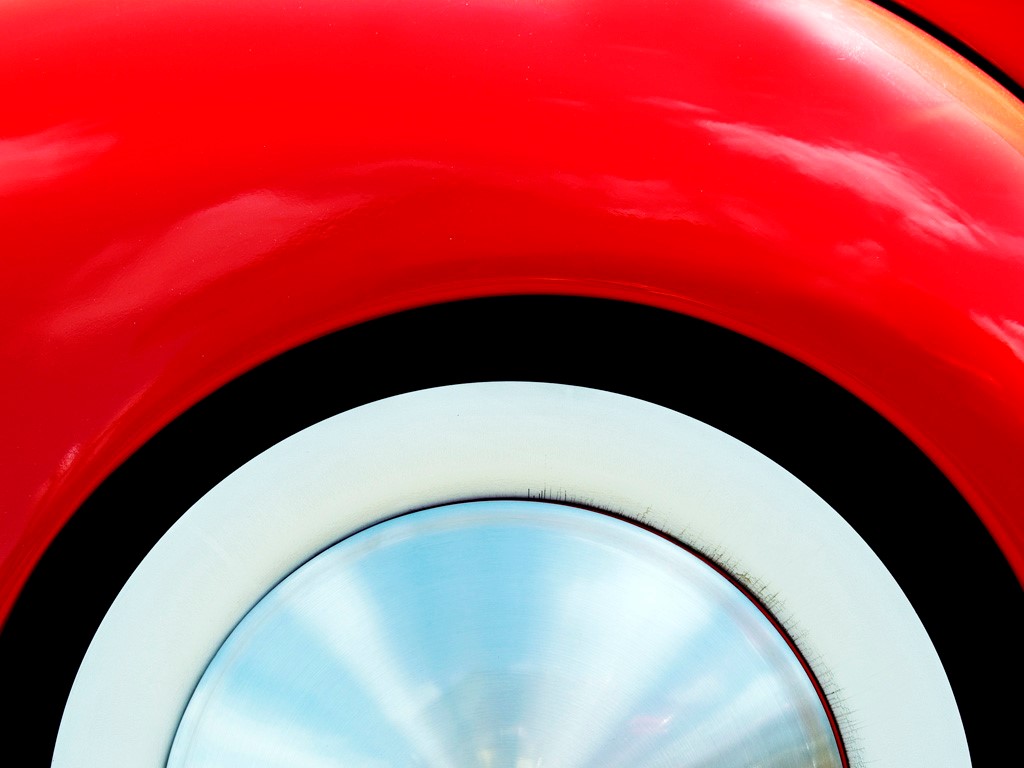
Here is a close-up of a fender and wheel from a 1939 Ford Deluxe. Close-up shots are ideal at auto shows since you can take truly striking shots without any interference from superfluous distractions.
The benefit of photographing classic cars is that each one has their own unique feature and persona. Yes cars, like people, flowers, animals and architecture, have their own distinct personalities. The objective is to articulate these traits. It is the ability to find these idiosyncratic features and photograph them to their best advantage that will make your images irreplaceable.
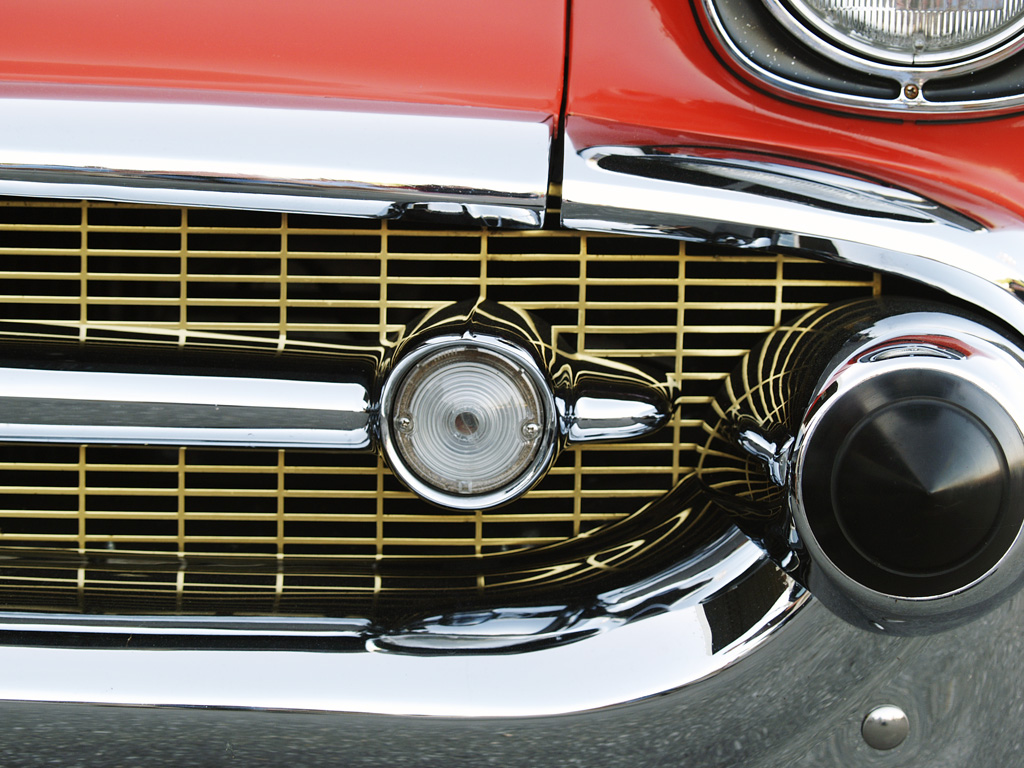
This shot of a 1956 Chevy Bel Air speaks volumes about its opulent Eisenhower-era flair for chrome and ostentatious appeal for brawn without having to shoot an Establishing Shot of the whole vehicle.
The most common mistakes when photographing cars are…
SHOOTING IN HARSH OR EXTREME LIGHTING CONDITIONS
Lighting is key to any photo shoot. If you must take photographs in bright sun, here are some suggestions to avoid the dreaded white-outs, wash-outs and glare reflected off a car.
• Use a polarizing filter. A good polarizing filter will eliminate any reflections from both the bodywork and the glass sections. Another suggestion is to use the polarizing blue-yellow A173 filter. This is an amazing filter that gives every metallic surface a richer, deeper texture of color.
• Use a lens hood. The hood provides a tunnel that shields the optics (lens), and due to its black color absorbs any bouncing light. This helps the camera to better detect the light levels of the subject.
• Always shoot the car with the sun behind you (rarely in front of you unless you want to try a silhouette shot). It is best to photograph a vehicle when the lighting is more horizontal than directly above, so avoid shooting at mid-day. Bracket your shots by rotating the white balance. Take at least three shots, starting at 0.0 and proceeding to -0.7 or up to +0.7 to find the best exposure.
• Fill-in flash is essential for it actually softens the harshness. Not only does it illuminate areas of shadow, but distributes the light evenly across the whole car. A fill-in flash is also recommended to illuminate areas with severe edges, deep pockets and contortions such as the cockpit bucket seats, instrument gauges and the intricacies of an engine. Depending how close you are to the subject matter will determine the physical angle of the flash. The closer, the more of an angle it should be away from the subject to avoid over-exposure. Use a flash with an adjustable head and don’t rely on your internal camera flash. In fact, cover it up with tape. Try several experimental shots to find the ideal exposure.
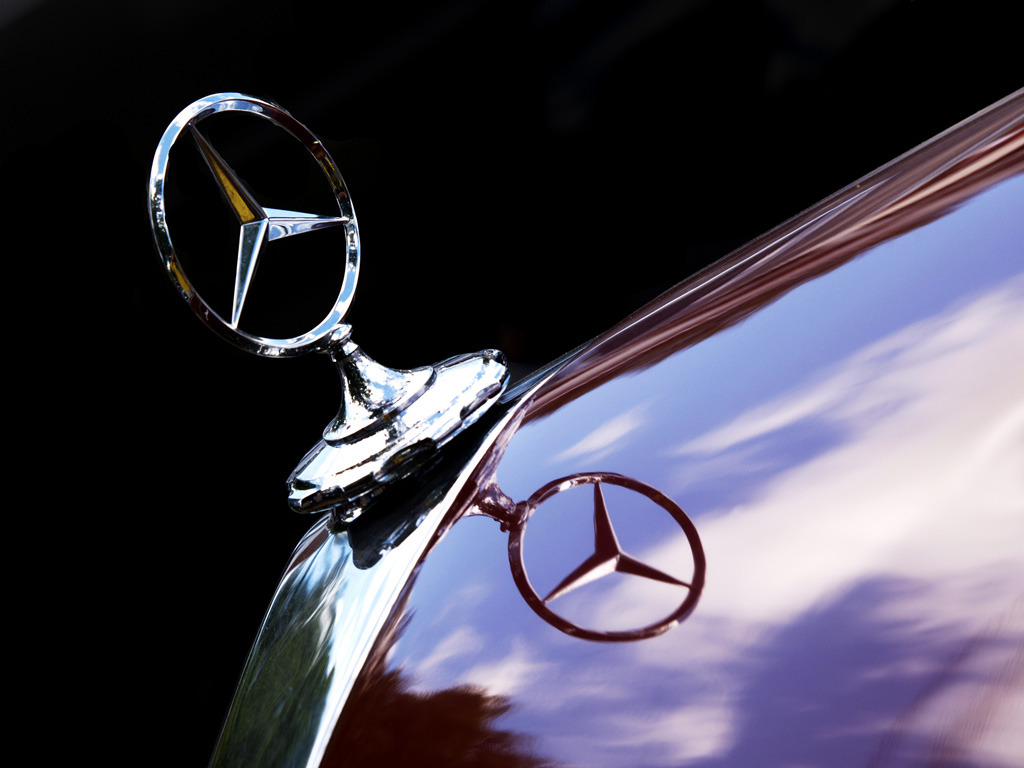
At this outdoor auto show, each car was surrounded by an assembly-line of crowds, so it forced me to take Close-ups. Here is the hood ornament of a 1956 Mercedes-Benz
An alternative to utilizing flash is the use of a reflector. There is generally enough lighting at indoor shows to provide perfect illumination with the reflector without worrying about overexpose. A black reflector absorbs light while a white, gold or silver reflector aids in directing the light at various percentages – silver having the strongest reflection.
Good shooting.
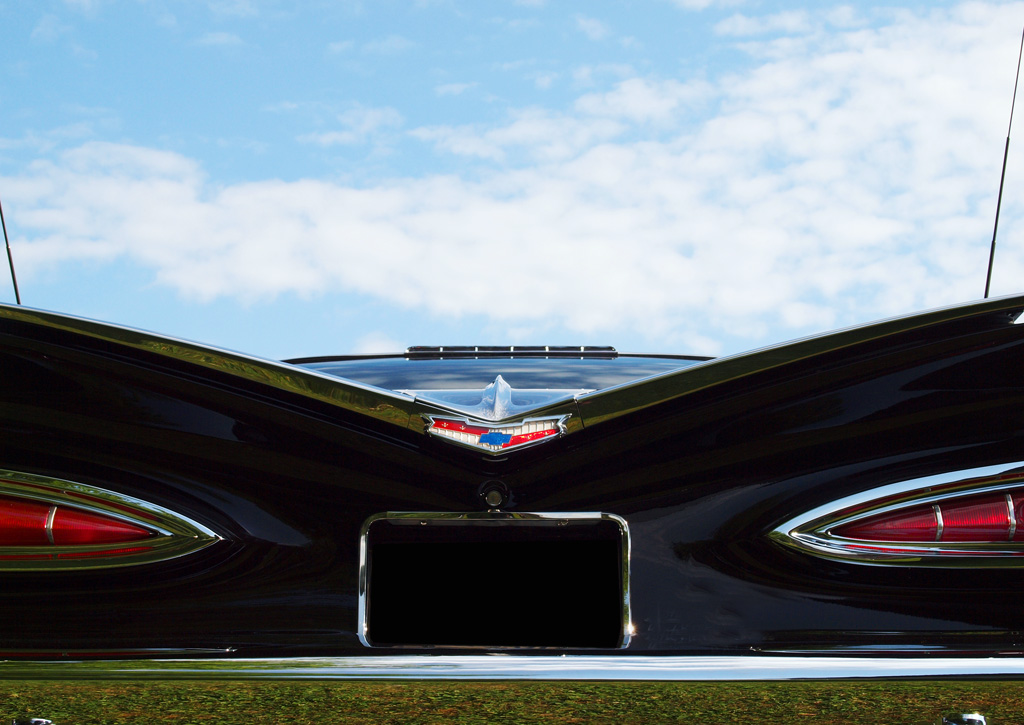
There are certain cars where their back is more identifiable than their front, such as this 1959 Chevrolet Impala with its distinct wings. Due to the crowds, I shot a ground-up shot to emphasize the grandeur of the car’s presence complemented by a prevalent sky
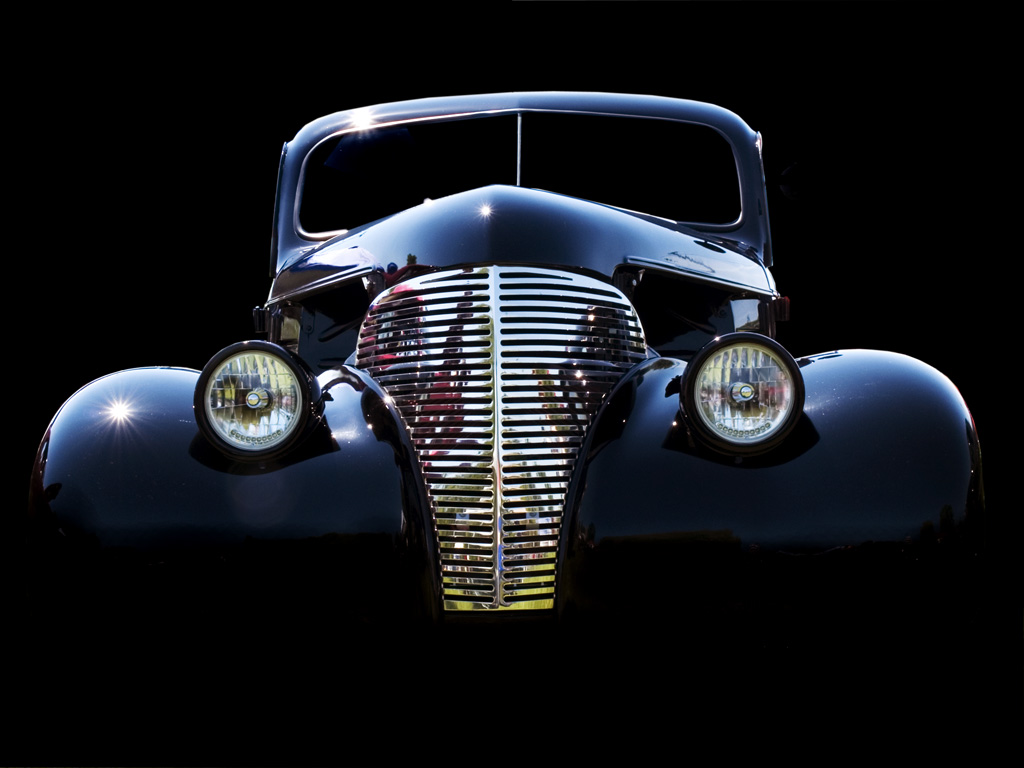
Due to the constriction of crowds and background ‘noise’ at this outdoor auto show, I had no choice but to work on this 1939 Chrysler in post-production by eliminating everything out in black. The result is effective and very profound.
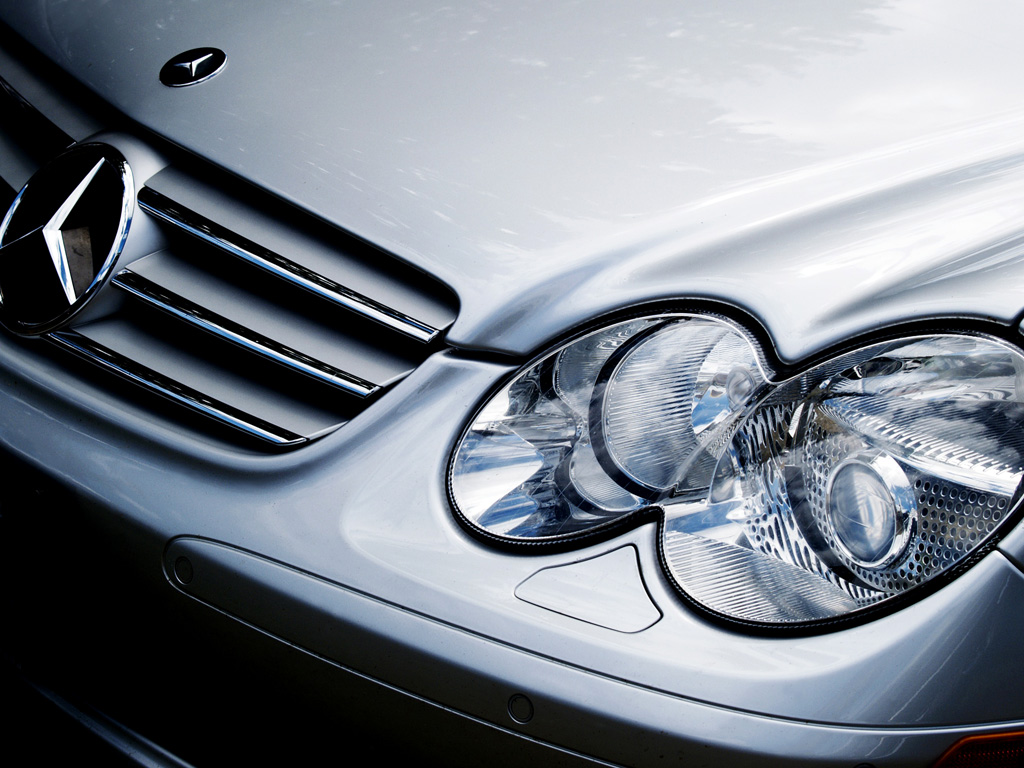
Again, always look for the elements that catch your attention on a car and highlight them, either through close-ups, fisheye, ground-up or aerial perspectives, such as this shot of the headlights of a 2013 Mercedes-Benz SLK or the front indicating light on the Porsche 356 SC.
Clive Branson
Principal
Provocadv.com | Ottawa, Ontario, Canada
Bransonshirley@sympatico.ca
613-241-1923








